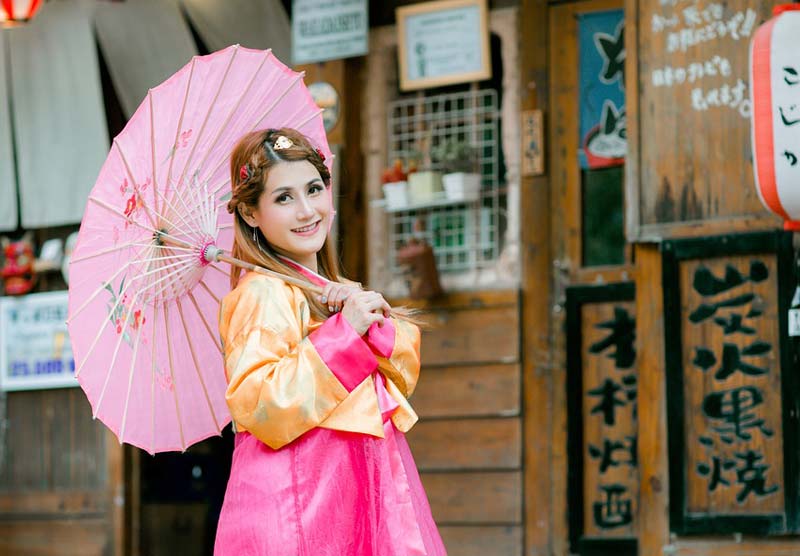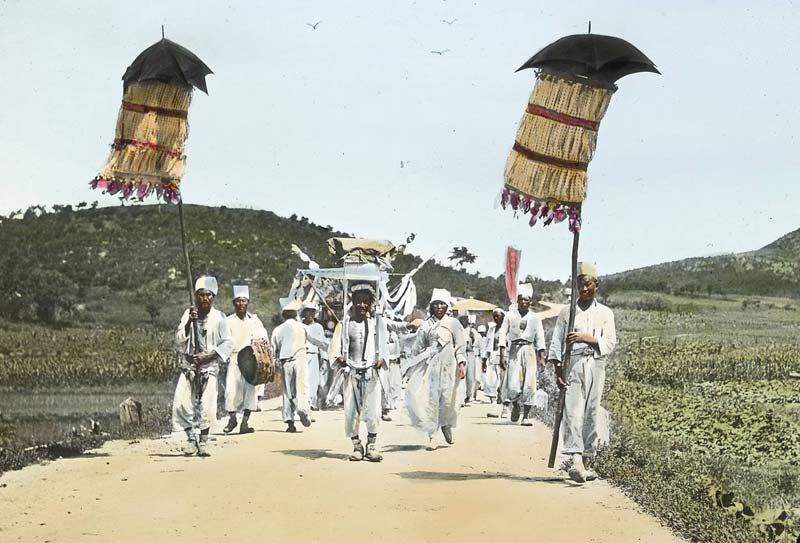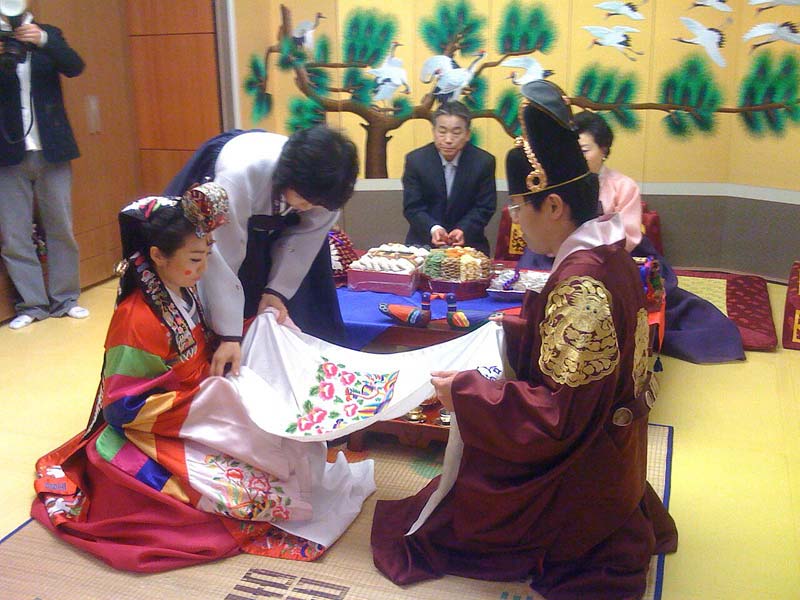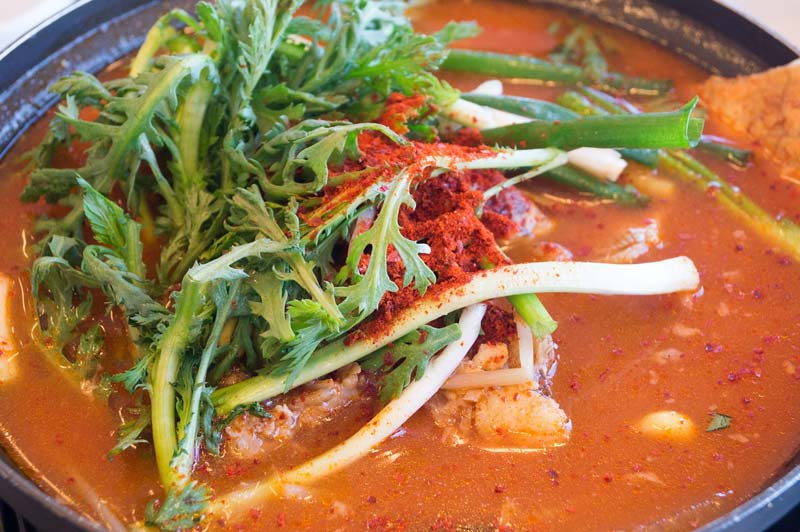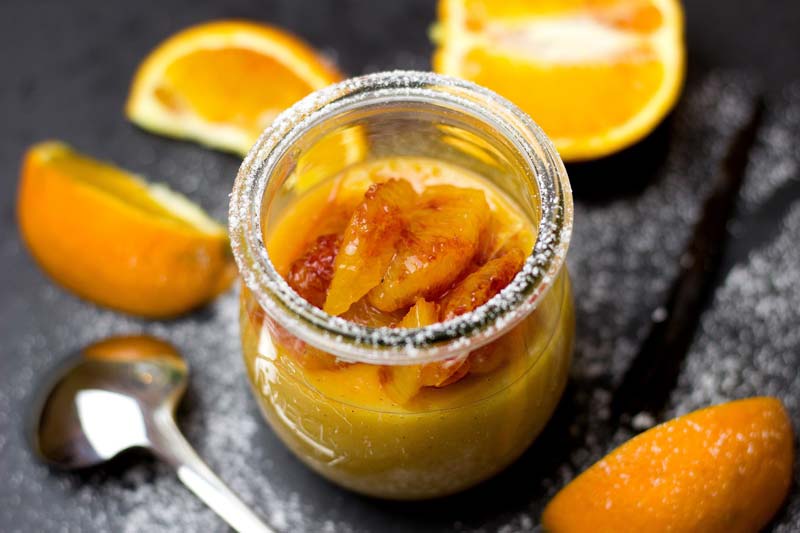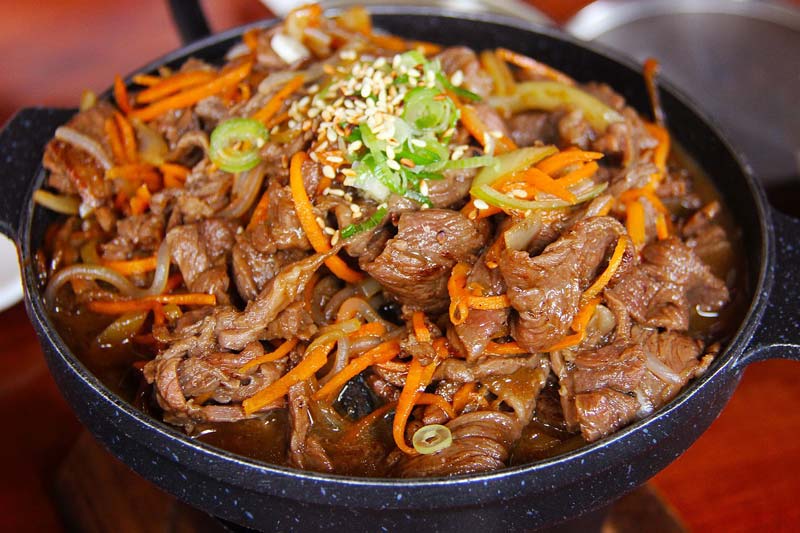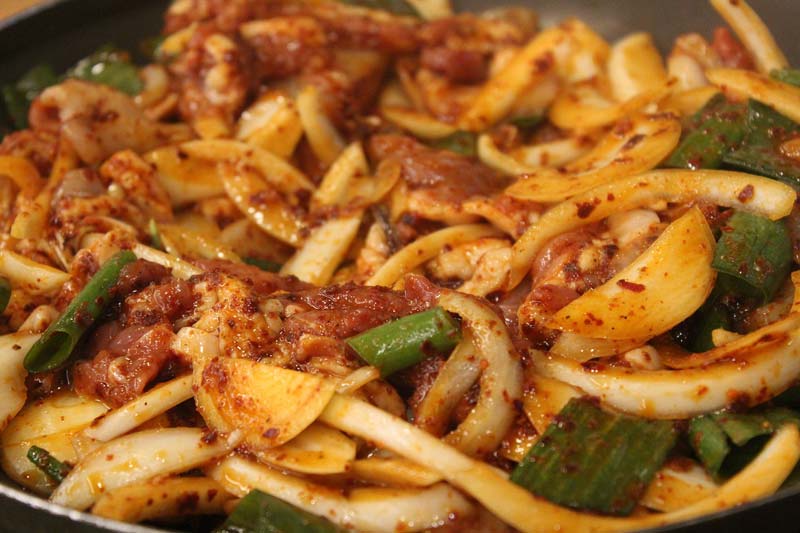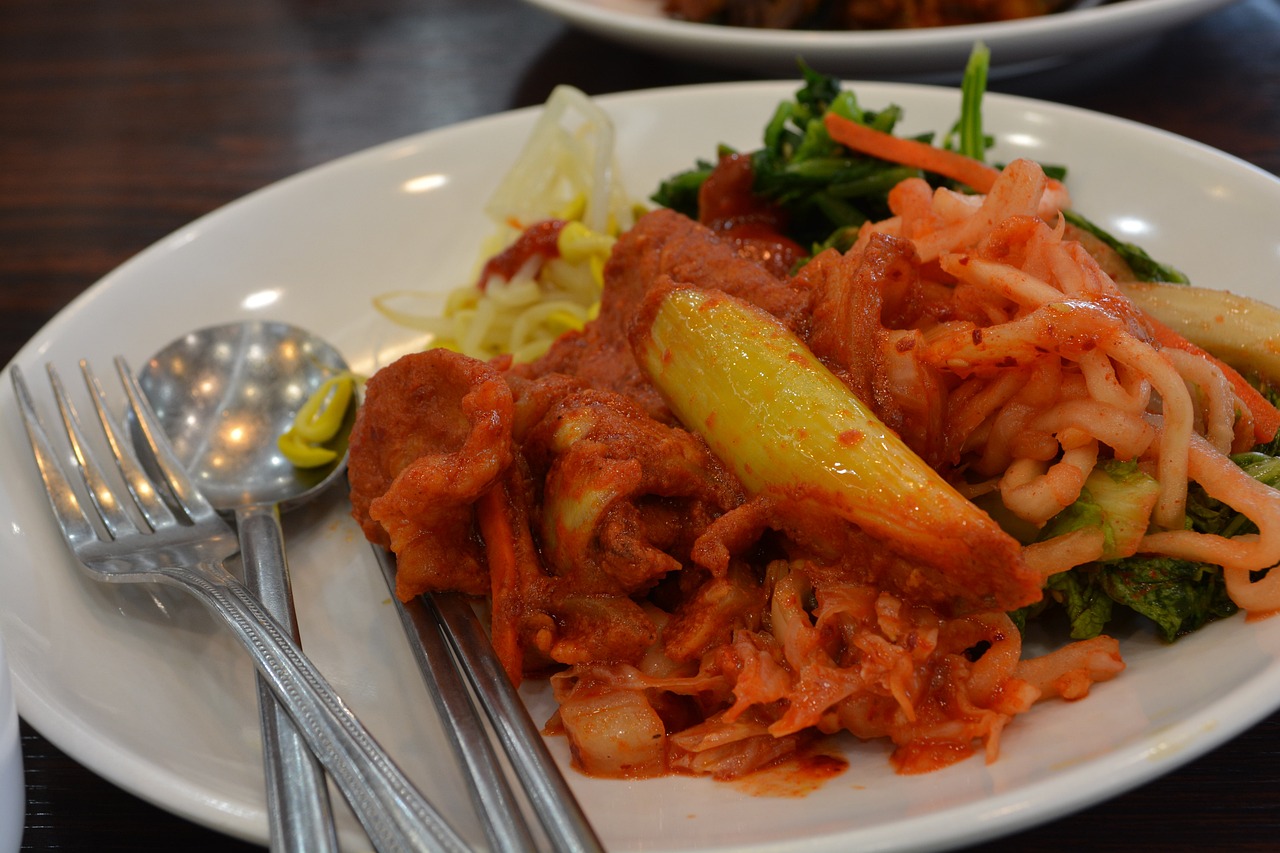Jerye
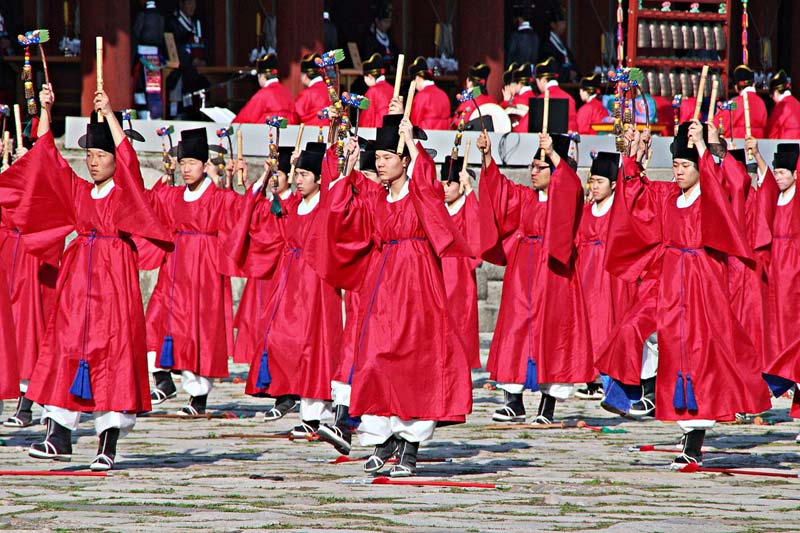
Introduction of Jerye
Jerye is a formality to cherish memory of the deceased, and show sincerity and appreciation to them. The reason of performing Je-Rye is to continue filial piety towards ancestors. The ceremony has been inherited from the old days and is sure to be descended long to future generations.
History of Jerye
The old Chinese book『Yeseo』writes that ‘King performs worship ritual to heaven, feudal lords to nature and gentry to their ancestors.’
The ceremony of ancestor worship has been deemed basis of filial piety and morality in Oriental society, which was originated from the tradition of respecting ancestors by all levels of people, ranging from king to ordinary citizen.
History of Jerye
Yeong-Sin (receiving ghost)
1) Open front gate of house fully.
2) To the north of a room shall be laid folding screen, ceremony table, food and mat
3) Ancestral tablet made of paper, candle, incense burner, incense jar, highchair and bowl to collect sacrificial wine (emptied from cup) shall be prepared.
Gyeong-Sin
1) Master of rite is seated in front of ancestral tablet, and burns incense.
Aid on the right side pours wine into cup (not fully) picked from table.
2) Master of rite rotates the cup over incense burner three times and pours wine into bowl by 3 lots. The emptied cup is then delivered to the aid who returns it to original place.
3) The master makes two bows.
Cham-Sin
1) Participants make two bows.
2) Master lays meat and soup while deputy lays rice and side dishes on table.
Cho-Heun
1) Master of rite burns incense and the aid pours wine into cup.
2) Master rotates the cup with right hand over incense burner three times and pours wine into bowl by 3 lots.
3) The aid lays the bowl between rice bowl and soup bowl.
4) Chopsticks are laid above dishes and the master makes two bows.
Written prayer is read by the master or other attendant.
All participants prostrate themselves before altar, except one who kneels down to read written prayer.
A-Heon
One participant will become A-Heon in the rite, who implements the same procedure as Cho-Hon except pouring of wine into bowl.
A-Heon shall make 4 bows.
Jong-Heon
Another close relative will become Jong-Heon.
Jong-Heon does same procedure as A-Heon except that he pours wine seven times.
Chim-Jak
When Jong-Heon finishes his role, the master pours wine into cup fully three times.
Sap-Si-Jeong-Jeo
1) When Chim-Jak is finished, the deputy lays spoon at the center of rice and lays chopsticks above fish or meat dish (this activity is called Sap-Si-Jeong-Jeo).
2) After Sap-Si-Jeong-Jeo, the master makes two bows and the deputy makes four bows.
Hap-Mun
All participants retreat either to main floored room or to garden for a while.
Gye-Mun
The aid clears his throat three times.
Heon-Da
Take down soup from table and bring up drinking water on table. Scoop up tree spoons of rice and put them into water.
Cheol-Si-Bok-Ban
Return spoons and chopsticks to their original place and put on lids on bowls.
Sa-Sin
1) A participant makes two bows and burns paper tablet and written prayer.
2) The aid brings ancestral tablet back to its original place.
Cheol-Sang (Retreat of dishes)
All foodstuffs displayed on table are withdrawn, from back side first.
Eum-Bok (Tasting food and wine offered to altar)
Participants eat food and liquor on the table a little, regarding them blessed and left by ancestors. The food is also dispensed to relatives and neighbors.
(foodculture/foodculture2_4_a.jsp)
